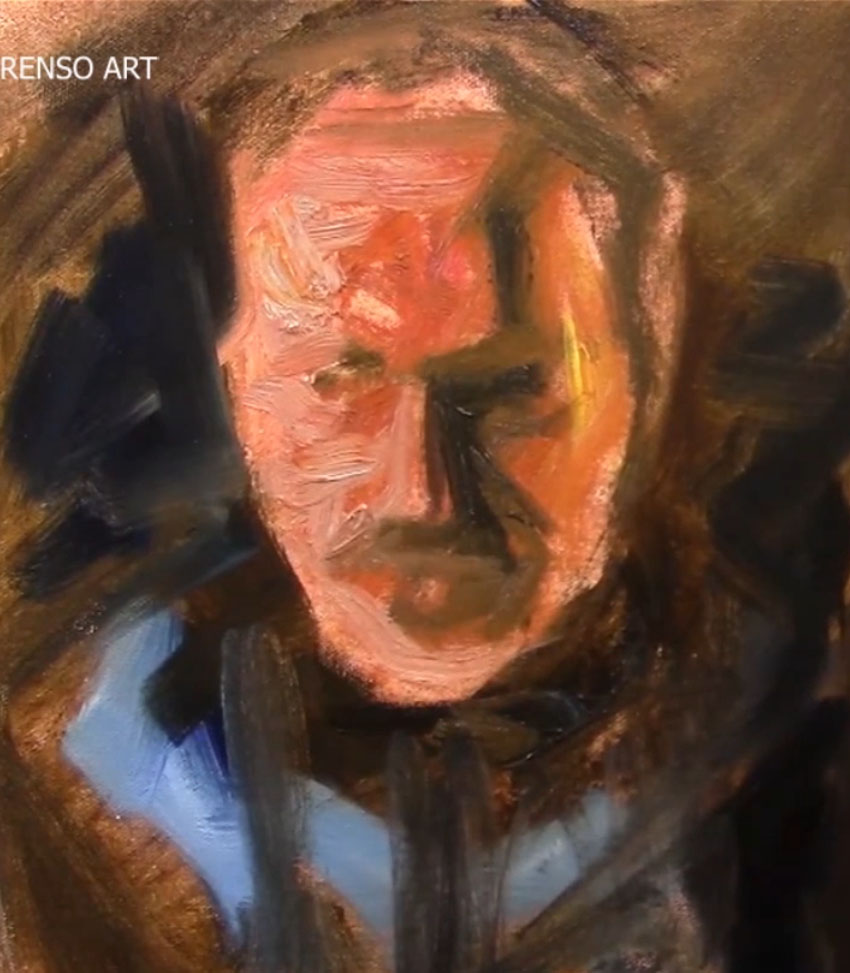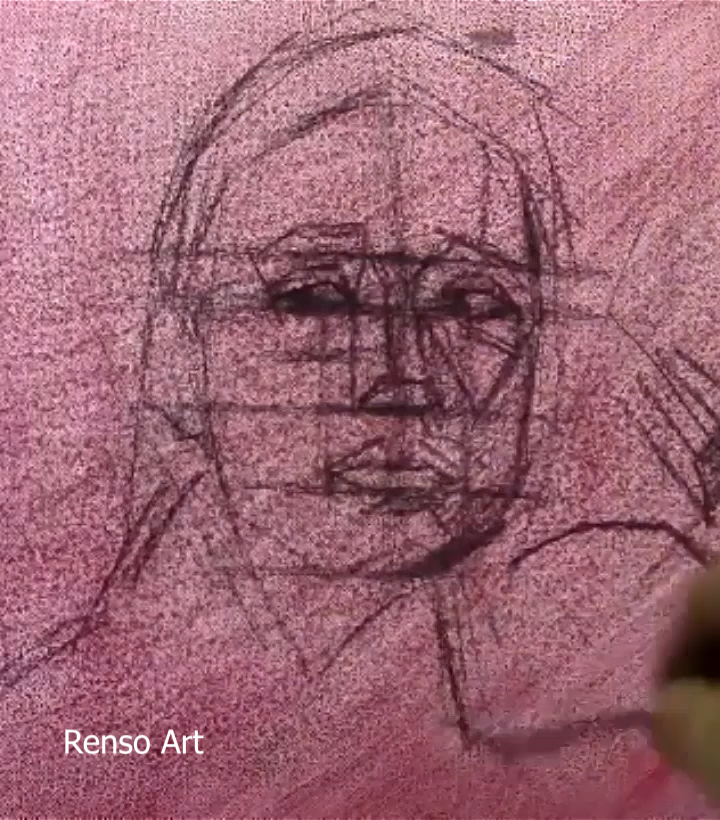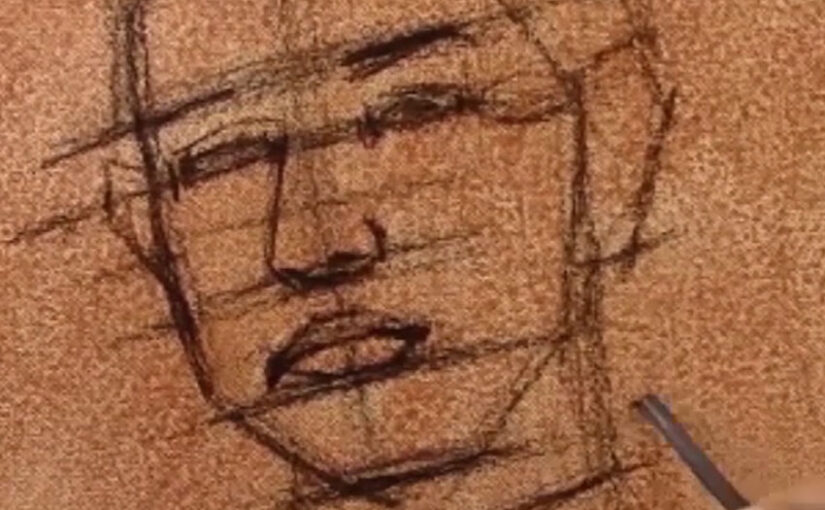I got this question from a student while we were drawing before painting. She asked, “When am I going to learn to draw without doing all this blocking and measuring—just like you do it on YouTube?”
I told her that we never really skip that stage. We keep repeating the process of blocking in and measuring proportions every time. What changes with experience is the order we do things in.
Sometimes, I start by applying paint right away, without a detailed drawing first. But as I add values and colors, I’m constantly measuring and checking proportions visually.
It might look like I’m not doing anything technical and the painting is just flowing, but the truth is, I’m still using simplification, blocking, and proportion—just in a more intuitive way. We never stop using those tools; we just shift the order and the way we apply them.
Sometimes I even start by copying the shadow shapes first—so I’m working with values before I draw on top of them.

The Importance of Sketching Before Painting
If you’re just starting out, I strongly recommend always making a sketch first. It will save you time and effort in the long run. I’ve seen painters struggle to fix mistakes when working directly with oil paint, and I’ve experienced that frustration myself—it can be difficult and time-consuming to make corrections.
A sketch, or preliminary draft, is a rough and schematic drawing of the subject you plan to paint. At this stage, details are not important; instead, the goal is to establish the main lines and structure of your composition. A sketch is a freehand drawing made without technical instruments, serving as a guide throughout the painting process.
Many oil painters use sketches to outline their composition before adding color. For beginners, making a sketch first is highly recommended, as it helps build a solid foundation before applying paint.

What Should You Use for Sketching?
For oil painting, charcoal is one of the best tools for sketching. Charcoal lines are easy to erase—simply wipe them off with a cloth, and the marks disappear. This makes corrections quick and effortless.
Types of Sketches
Sketches can generally be classified into two types:
- Simple Sketch: A rough drawing that captures the first idea. This type of sketch consists of basic, loosely defined lines. If you plan to paint in a loose, impressionistic style without many details, a simple sketch will be sufficient.
- Detailed Sketch: A more refined drawing with clearer, well-defined lines. This type of sketch may incorporate technical instruments for precision. I personally use this approach because I like to capture fine details. Sometimes, I refine my sketches so much that they go beyond what would typically be considered a sketch!
Final Tip
Before painting over your sketch, remember to spray it with fixative to prevent smudging.
In summary, sketching is an essential step that helps structure your painting and avoid unnecessary corrections later. Taking the time to create a solid sketch will ultimately improve your work and make the painting process smoother.
- When will I finally be able to draw without all the blocking and measuring?
- Adding Colors You Do Not See in the Picture to Create a Different Mood
- Are You Using Too Much Paint as a Beginner?
- How AI Can Sharpen Your Blurry Photos
- The Artistic Principle of Transparent Shadows and Opaque Lights in Oil Painting
